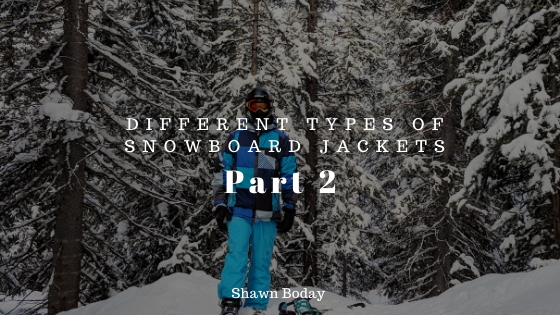In our previous blog we discussed the ins and outs of a shell jacket. Today we will look at insulated jackets.
Insulated Jackets
Insulated jackets are the best kind of jacket to where when you plan on snowboarding in cold weather conditions. Insulated jackets will feature an outer shell and then have a layer of insulation built in. Usually the insulation will be down or some kind of synthetic filling like Primaloft or Thinsulate.
Jackets that have synthetic insulation over actual down are better choice for the snow. Compared to down, synthetic insulation is less expensive and much more durable when it gets wet. If you are snowboarding in the Northeast or the Midwest where the climate is cold, humid, and rainy, insulated jackets are a good option.
If you are leaning towards a insulated jacket, you may be wondering just how much insulation you really need. Typically, synthetic insulation is expressed by grams per square meter, do if a jacket have 200g of insulation it will be much warmer than a jacket with 100g of insulation. A good rule to keep in mind is that jackets between 50-100g are great for the spring or fall, while jackets that are between 100-200g are better for colder conditions. However, newer generations of synthetic insulation are better than ever. North Face’s Thermoball has a synthetic insulation that is similar to down, but it more lightweight and warmer than other synthetic insulations.
Some companies like to vary how much insulation is in a jacket. Usually this means that most of the insulation will be in in the body while the lighter-weight insulation will be located in the sleeves and the hoods. Doing this helps to cut off any extra heavy weight without sacrificing any warmth.

